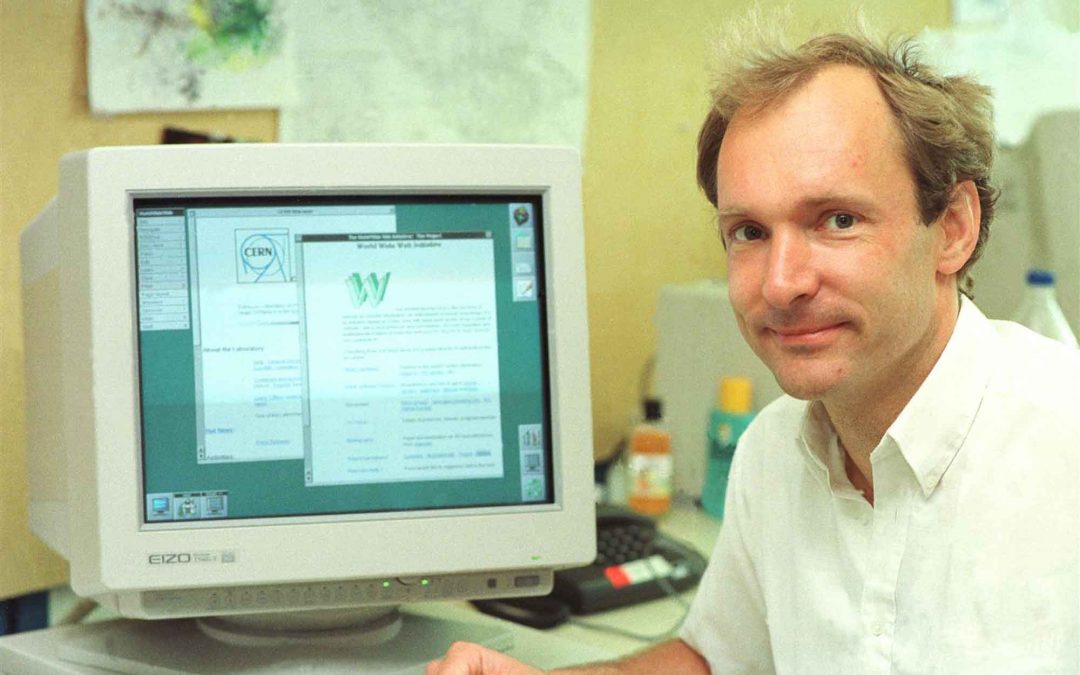In 1990 a computer programmer in Switzerland named Tim Berners-Lee introduced the World Wide Web: an internet that was not simply a way to send files from one place to another but was itself a “web” of information that anyone on the Internet could retrieve. Berners-Lee created the Internet that we know today.
By October of 1990, Tim had written the three fundamental technologies that remain the foundation of today’s web (and which you may have seen appear on parts of your web browser):
- HTML: HyperText Markup Language. The markup (formatting) language for the web.
- URI: Uniform Resource Identifier. A kind of “address” that is unique and used to identify to each resource on the web. It is also commonly called a URL.
- HTTP: Hypertext Transfer Protocol. Allows for the retrieval of linked resources from across the web.
Tim also wrote the first web page editor/browser (“WorldWideWeb.app”) and the first web server (“http“). By the end of 1990, the first web page was served on the open internet, and in 1991, people outside of CERN were invited to join this new web community.
